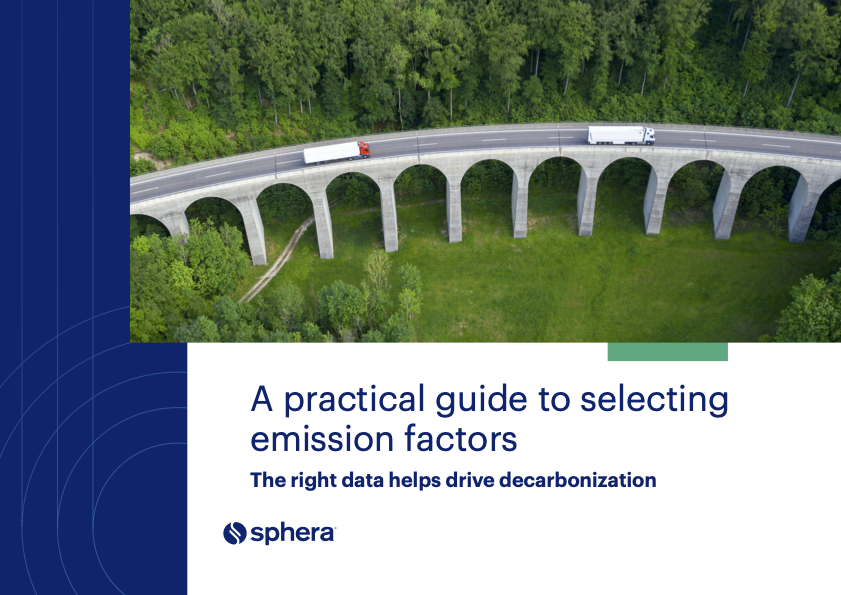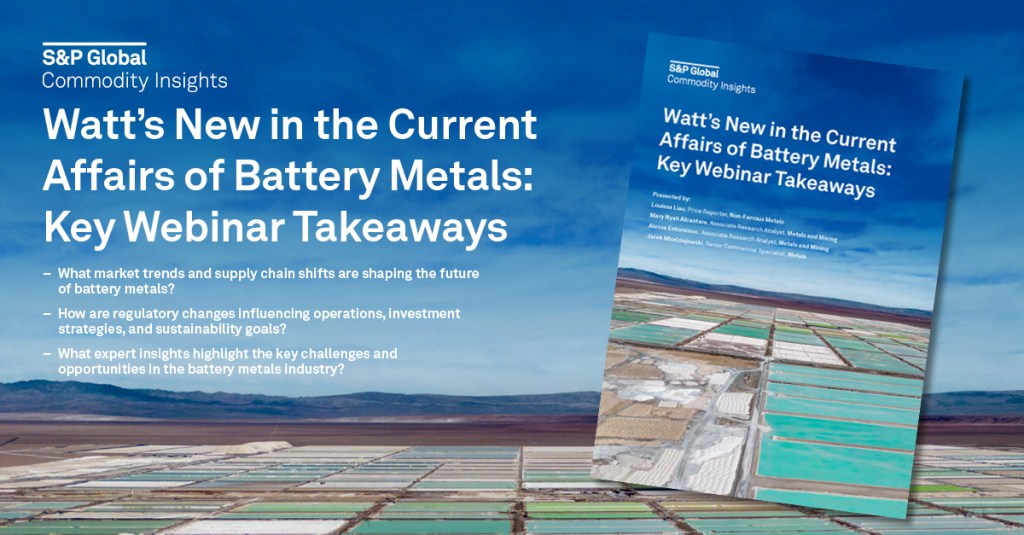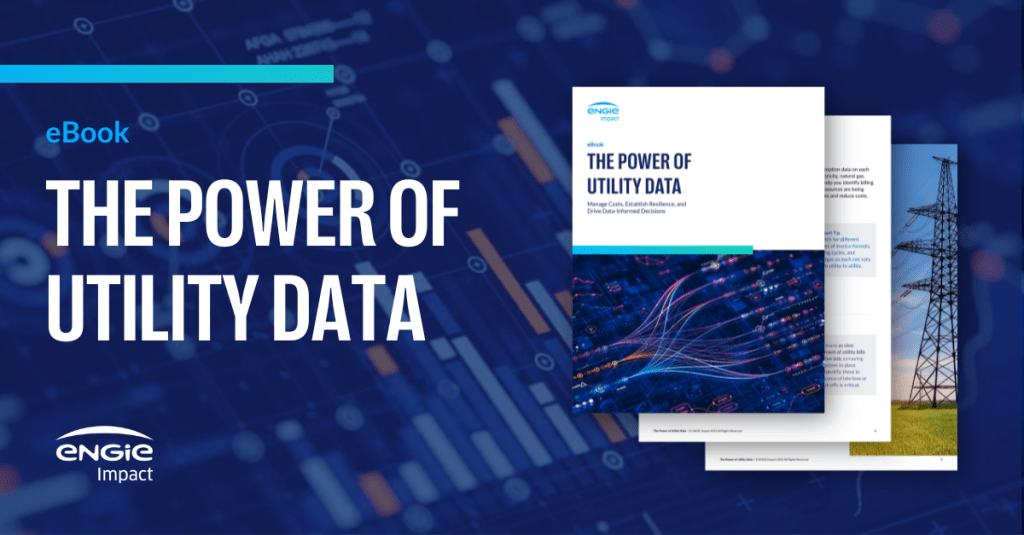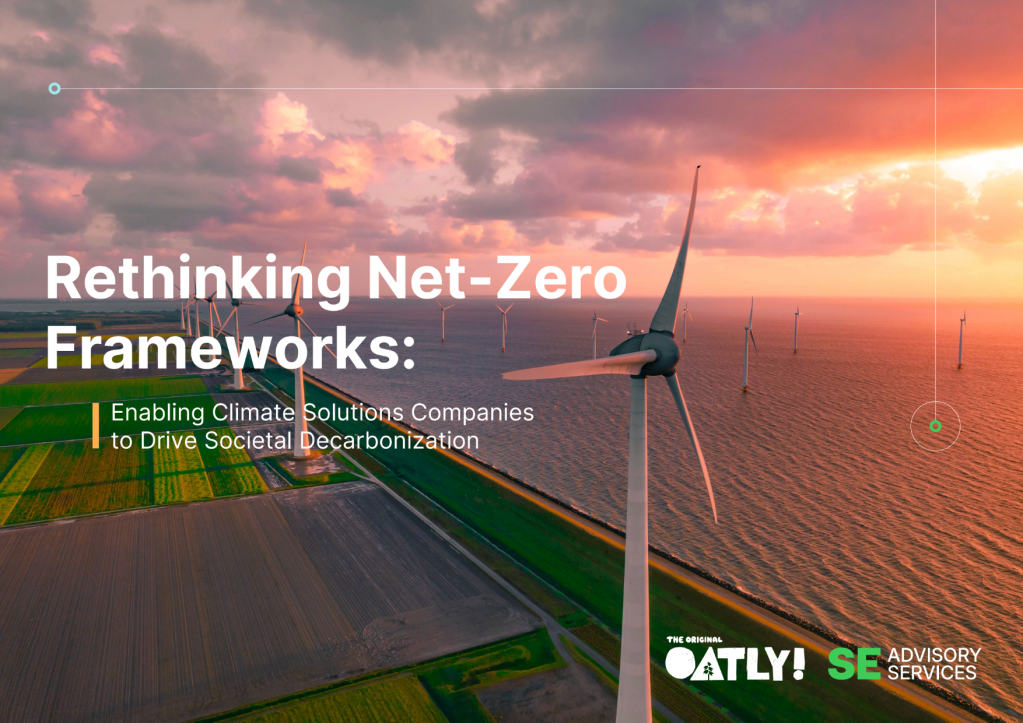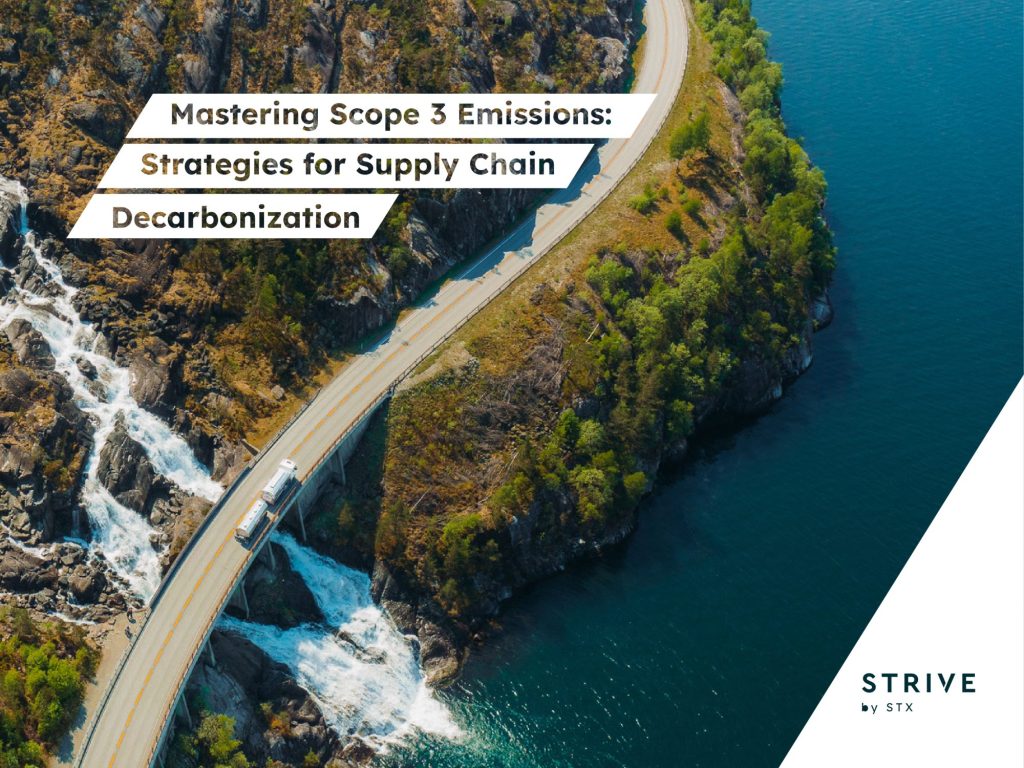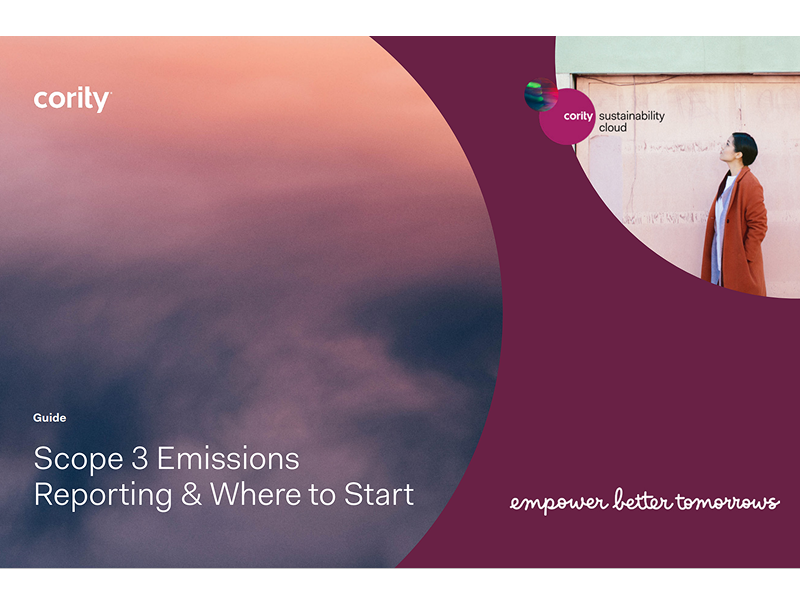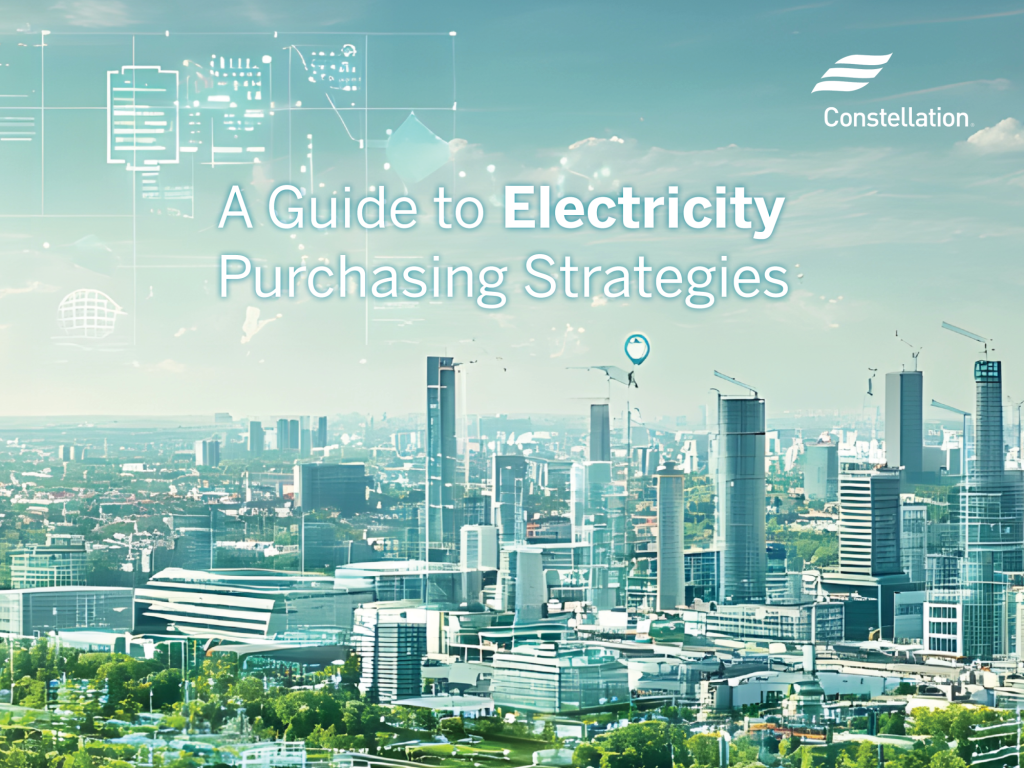Google’s unique $3 billion hydropower contract will not be the last
Two aging Pennsylvania hydroelectricity dams will get an update as part of the tech company’s deal with Brookfield Renewable. Read More
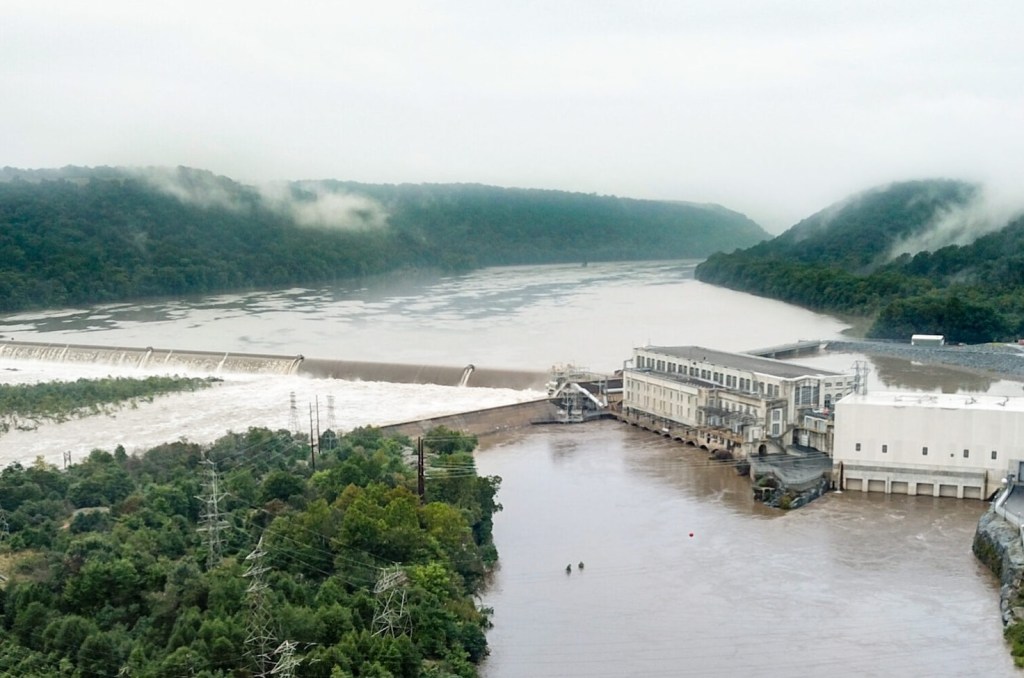
- The power purchase agreement covers up to 3 gigawatts of hydroelectricity.
- Biden era tax incentives for hydro were preserved in Trump’s new budget bill.
- Hydro is the largest U.S. renewable electricity source, accounting for about 6 percent of generation.
Google’s ambitious plans to power its data centers directly with low-carbon electricity now includes hydropower, a power generation resource that’s still eligible for tax incentives under the Trump administration’s new budget law.
The tech company will initially spend $3 billion under a unique arrangement announced July 15 with energy developer Brookfield Renewable. In return, Brookfield will supply Google with up to 3 gigawatts of hydro generating capacity in the U.S.
Google’s financial support will enable Brookfield to update and relicense existing hydro facilities. The first two hydro plants covered under the deal are in Pennsylvania on the lower Susquehanna River: Holtwood, the oldest of three dams built around 1905 and 1910; and Safe Harbor, constructed in the 1930s and featuring fish lifts that aid upriver migration.
Google will invest $25 billion by 2027 on a data center expansion in the mid-Atlantic region, where the plants are located and run by the PJM transmission organization. The tech company has signed a 20-year power purchase agreement for each of these facilities, covering 670 megawatts in capacity.
Brookfield and Google will also evaluate hydro plants in the central U.S., covered by the Midcontinent Independent System Operator.
Some big technology companies, such as IBM, discuss hydro as an important piece of their renewable electricity portfolios, but the Google-Brookfield deal is the first publicly declared corporate procurement centered on this generating source.
Google declined to provide more details on its evolving hydro strategy, and Brookfield did not respond to requests for comment.
Fresh look at hydropower
More large corporations are re-evaluating hydropower as part of the portfolio of options required to reduce emissions from purchased energy, or Scope 2. “It’s attractive, cheap, consistent power,” said Gregory Lavigne Jr., partner in the energy, project finance and infrastructure practice at corporate law firm Sidley.
New greenfield hydro projects are unlikely in the U.S. but more companies are looking to expansions of existing projects as a source of clean baseload power, said Rich Powell, CEO of the Clean Energy Buyers Association. “Most of the hydro capacity has already been tapped, but there is potential for upgrades and relicensing,” he said.
Hydropower is the largest global source of renewable electricity, and likely to remain so through 2030 until solar and wind catch up, according to the International Energy Association. The U.S. is the third-largest producer of hydroelectricity, after China and Brazil, with at least half of its capacity concentrated in the west, particularly Washington, California and Oregon. In 2023, hydroelectricity contributed about 6 percent of all U.S. utility-scale generation, or about 240 billion kilowatt-hours.
Hydropower is a controversial renewable energy source, because of the impact dams have on local habitats and communities, especially in periods of drought. Despite those reservations, the Inflation Reduction Act created tax incentives for new generation sources such as pumped storage, incremental conventional hydropower and marine and hydrokinetic technologies. Those incentives were among those spared in the One Big Beautiful Bill Act: they’re intact until 2033.


